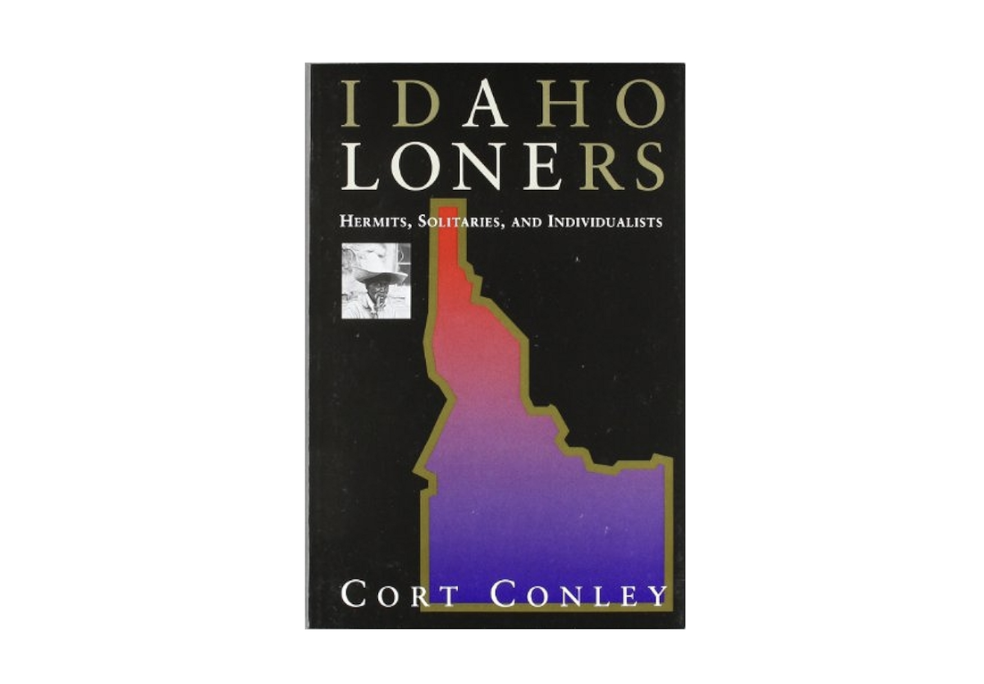Idaho Loners takes liberties with the definition of a hermit to come up with 10 short biographies and 2 strangely long biographies on various Idahoans from the past 150 years. Personally, I found the majority to be mostly forgettable, but three stood out - the first being Richard Leigh, better known as Beaver Dick.
Born in Manchester on the cusp of the Victorian era, Leigh made his way to Idaho territory sometime in the 1850s. He briefly worked as a river ferry just a few miles up the road from my house during the Boise Basin mining boom of 1863 / 64 before making his home in the shadow of the Teton Range. Several years of his journals have survived from the 1870s, most interestingly they detail his guiding of the Hayden expeditions of Yellowstone and his daily life on the frontier. Tragically, Leigh, his wife, and all five of their children became stricken with smallpox in 1876 and only Leigh survived.
Three lakes in Grand Teton NP were named after Leigh and his family - they are the beautiful Leigh Lake (after himself), the crowded Jenny Lake (after his first wife), and Beaver Dick Lake that connects the two (later renamed to present day String Lake).
Earl Parrott, The Hermit of Impassable Canyon, is the quintessential Idaho Loner that embodies exactly the story I was looking for when I bought this book. As you might expect from a hermit, what is known about Parrott comes in bits and pieces. We do know that he made his way to the Salmon River after rushing for Yukon Gold at the turn of the century. Parrot made his homestead a thousand feet above the Salmon in a cirque valley and constructed a series of log ladders to traverse up and down the cliffs.
Parrott would remain alone at his homestead for more than 40 years, receiving only a handful of visitors during this time and making just a yearly trip to the nearest town of Shoup (a 20 mile roadless journey), to trade the gold he panned up for more bullets. Parrott was almost entirely self-sufficient with his gardening, hunting, fishing and trapping - apparently having no reason to involve himself in the worldly affairs of city dwellers.
Far less of a “loner” but still man of the wilderness, Sylvan Hart, aka Buckskin BIll, has a similar story of settling along the Salmon River but his was during the height of the Great Depression. A learned man, Hart would study books in addition to his hunting, fishing, gardening, trapping and target shooting. His own homespun philosophy has some great quotes, my favorite being:
“If you look out your window and see a house, you’re a poor man; if you look out and see a lot of houses, you’re a very poor man; if you can’t see any at all, you’re all right.”
Hart apparently became something of a celebrity in the 60s and 70s, he spent time travelling and giving speeches on his way of life in the mountains. In 1980, Hart would die at a respectable old age in the rocking chair at the front of his homestead on the Salmon. He is still heralded as a local legend in and the last of the mountain men. His home is now a museum up by one of my favorite elk hunting spots, only accessible by raft or jet boat near Warren Idaho.
Overall I found these inspiring stories made reading this book worth my while. This is a book that I would only recommend to those that are interested in the history of Idaho, bushcraft and homesteading, or of individualism and non-traditional living.
